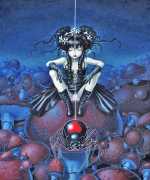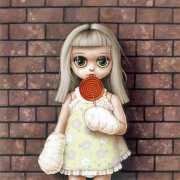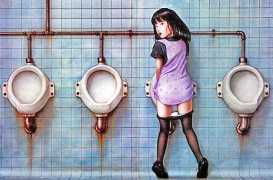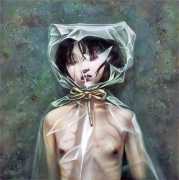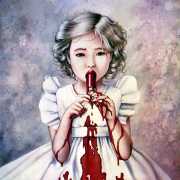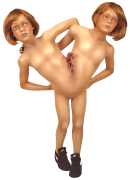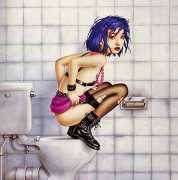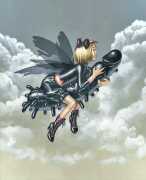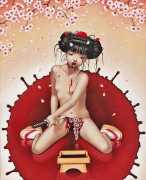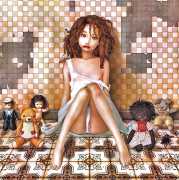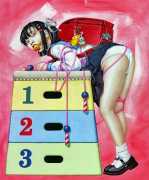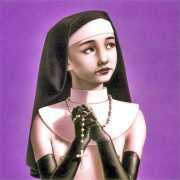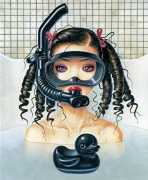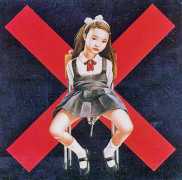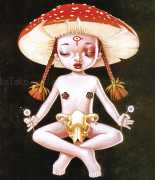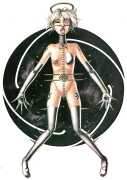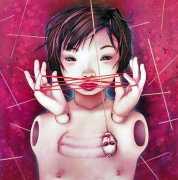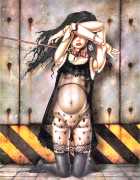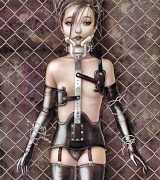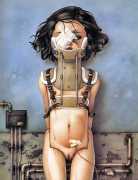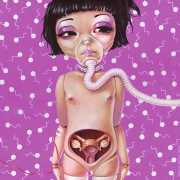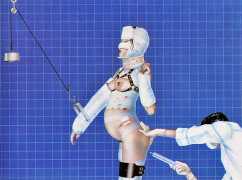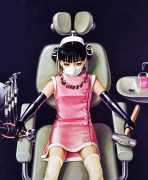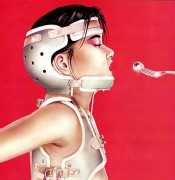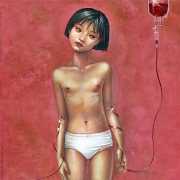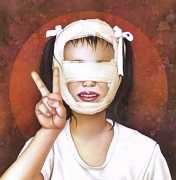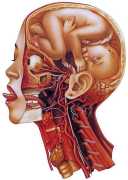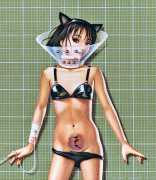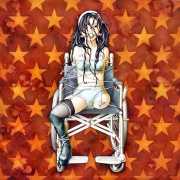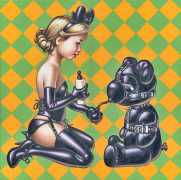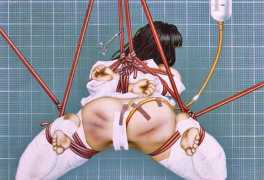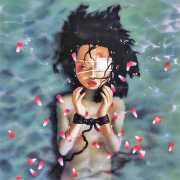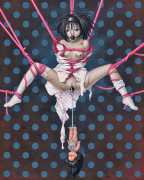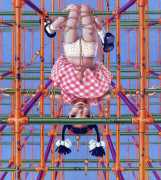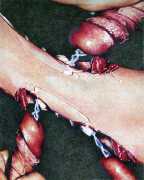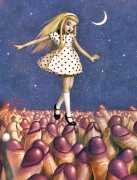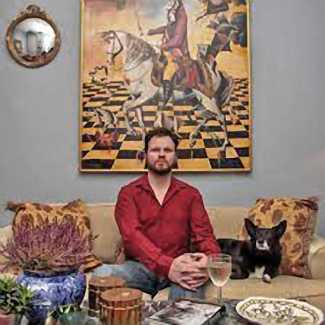 Trevor Brown grew up on the outskirts of London, went to art school, and like many art graduates worked for several years in design studios, advertising agencies and as a freelance illustrator. Then in 1985 he began to draw his own illustrations, inspired by the J.G. Ballard’s dystopian novel Crash and by the magazines of Bazooka Productions, a French publisher dedicated to countercultural issues. An important part of his life and his art is due to his friendship and his work with Romain Slocombe, which led to his first exhibitions.
Trevor Brown grew up on the outskirts of London, went to art school, and like many art graduates worked for several years in design studios, advertising agencies and as a freelance illustrator. Then in 1985 he began to draw his own illustrations, inspired by the J.G. Ballard’s dystopian novel Crash and by the magazines of Bazooka Productions, a French publisher dedicated to countercultural issues. An important part of his life and his art is due to his friendship and his work with Romain Slocombe, which led to his first exhibitions.
Brown’s interest in animation and Japanese graphics started to develop in 1991. He contacted Masami Akita, an illustrator, musician, writer and director, who introduced him to the avant-garde currents coming from the east. Japanese art techniques and a growing interest in manga sharpened his style, until in 1993 he showed his first fetish exhibition at the Torture Garden club in London. The reception of his work was unsurprisingly mixed, with critics not understanding it and the authorities threatening to close it down, so in 1994, along with his partner teddy bear artist Konomi Izumi – also known as Hippie Coco – he moved permanently to Tokyo.
Once settled in Japan, he began publishing books with a very limited circulation, but which soon became cult objects. His first book was called (Hear No, See No, Speak No) Evil, with a print run of a thousand copies; it sold out in six months. Before long his work was appearing in a number of magazines, and became known as Baby Art, a strange combination of the innocence of dolls with sadomasochism and the most diverse and transgressive fetishism. He exhibited regularly, gradually replacing the airbrush with oil paints, bringing a new dimension to his work.
Trevor Brown's work, controversial and provocative, is an invitation to reflect on the connotations of art in the society we live in. His paintings are a mixture of different elements of the fetish and bondage scene, with the tenderness and innocence of the girls who feature in his paintings. The result is everything beautiful or horrendous that the viewer himself wants to see in them. Some will see a celebration of perversion, others as an exploration of human frailty, as a personal immersion of the viewer into the darkest and deepest recesses of our subconscious.
Here is a complete list of Trevor Brown’s publications, most of which are now expensive collector’s items. Several of them were published in conjunction with an exhibition with the same title.
(Hear No, See No, Speak No) Evil (NG Publications, 1996)
Forbidden Fruit (Éditions Treville, 1997; new edition 2001)
Temple of Blasphemy (Mondo Bizzarro, 1999)
My Alphabet (Éditions Treville, 1999)
Minomushi (Athanor/Jinx, 2001)
Rope, Rapture and Bloodshed (Mondo Bizzarro, 2001)
Medical Fun (Éditions Treville, 2001; new expanded edition 2012)
Crash Babies (Mondo Bizzarro, 2004)
Li'l Miss Sticky Kiss (Éditions Treville, 2004)
Rubber Doll (Éditions Treville, 2007)
Trevor Brown's Alice (Éditions Treville, 2010)
Girls War (Éditions Treville, 2013)
Pandora (Éditions Treville, 2015)
Trecos (Atelier Third, 2017)
La Nursery Noire (Baby Art, 2019)
Pastel Poison (Baby Art, 2023)
Trevor Brown’s website can be found here, and his Facebook page, which is managed by AkoTako Enterprises and is regularly updated, is here.
We are very grateful to our Russian friend Yuri for introducing us to the work of this artist, and for supplying many of the images.


